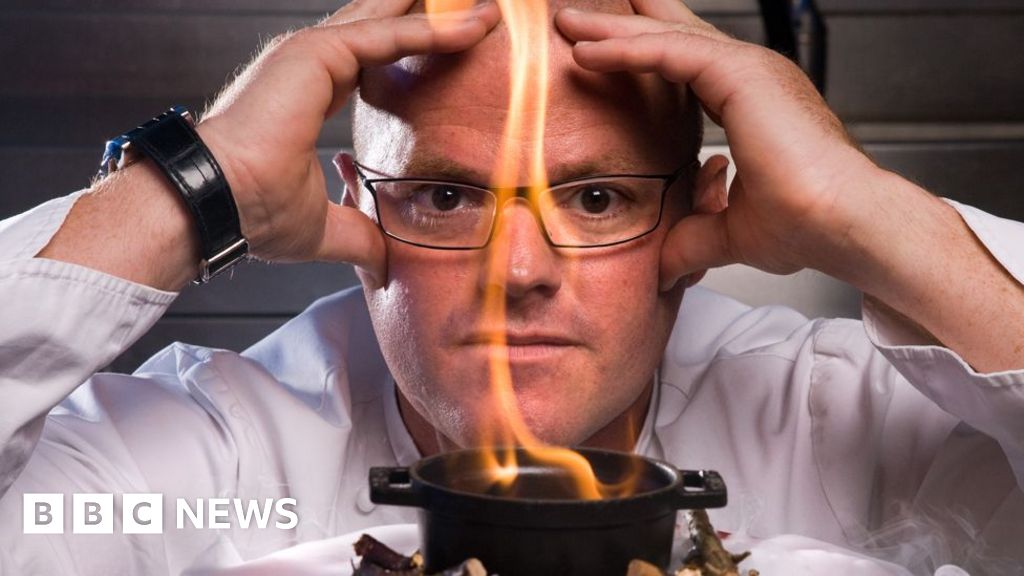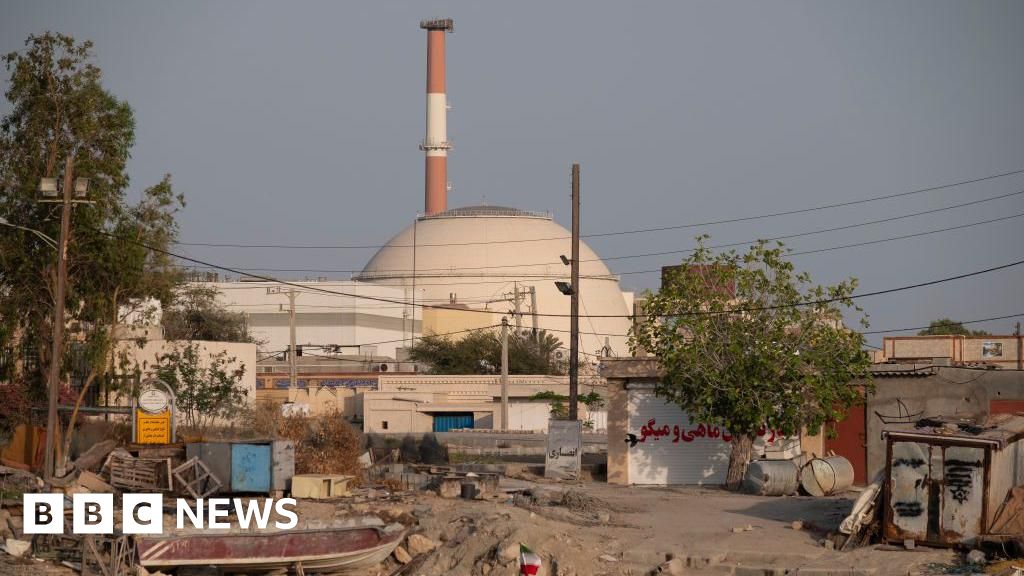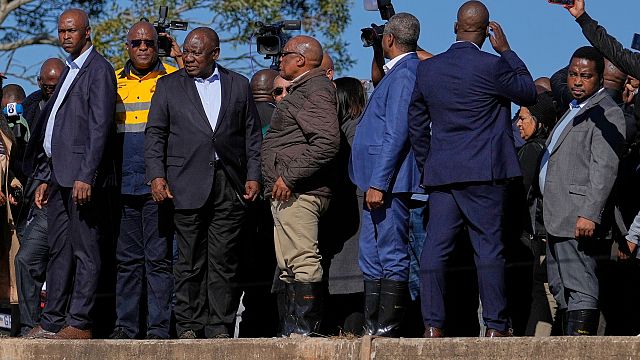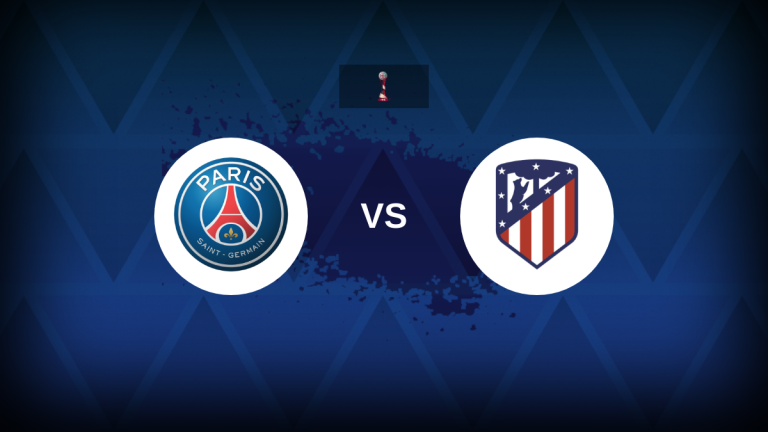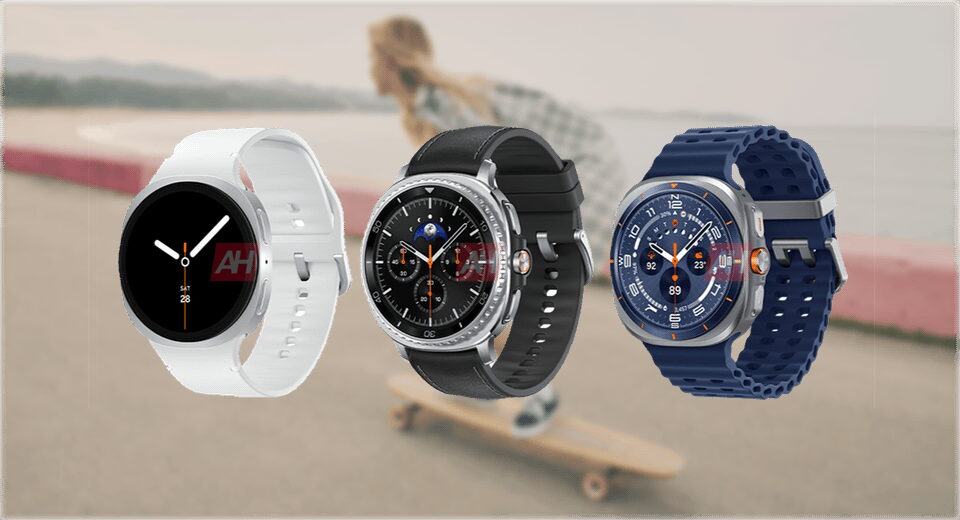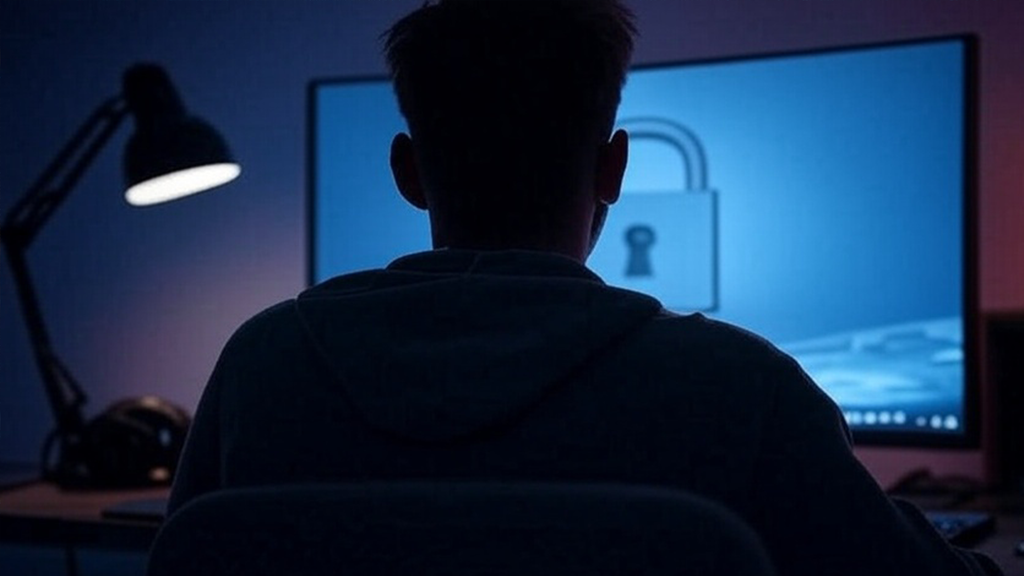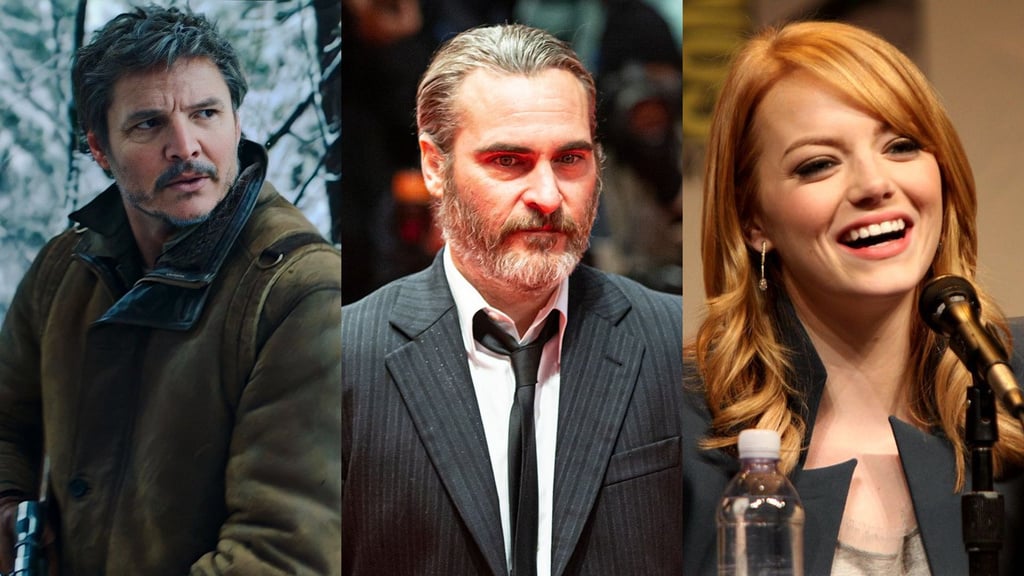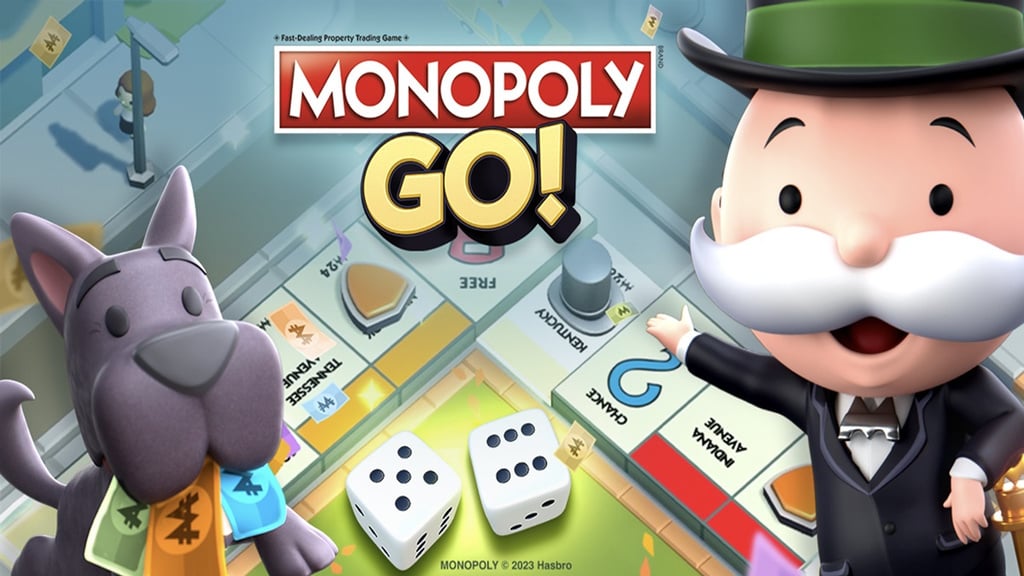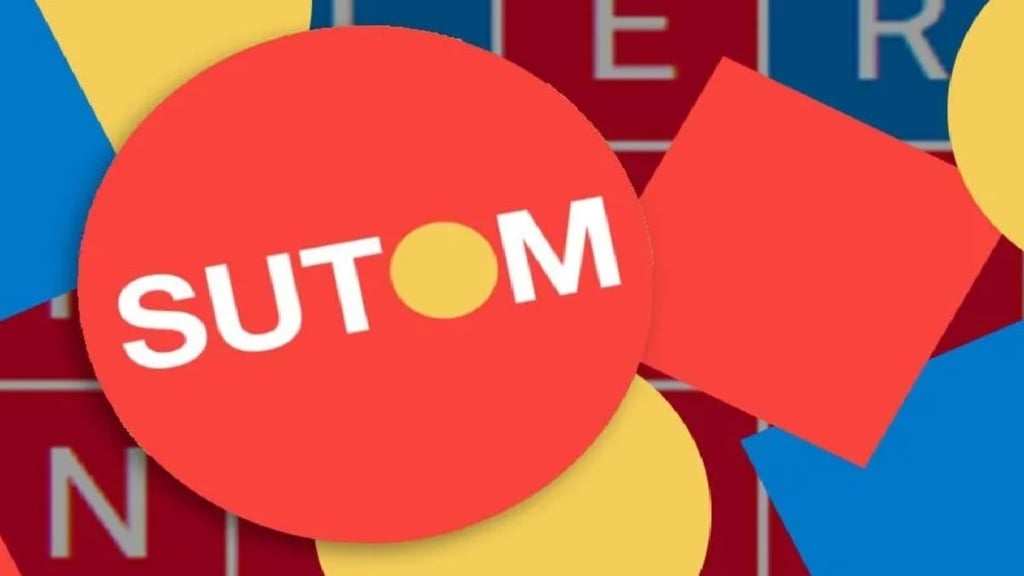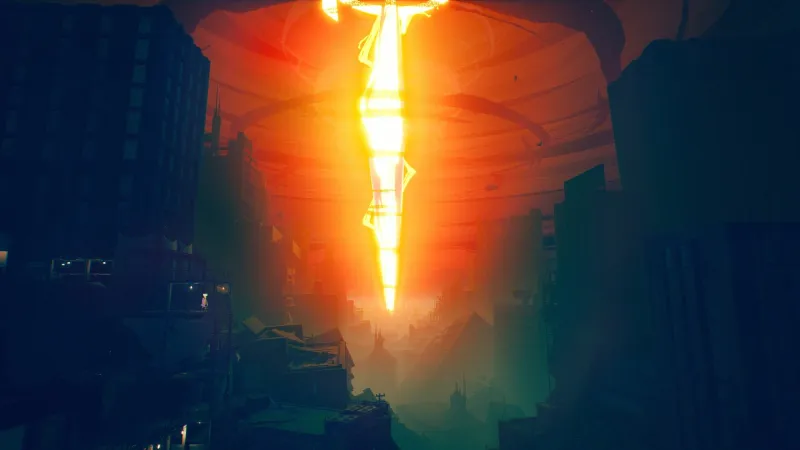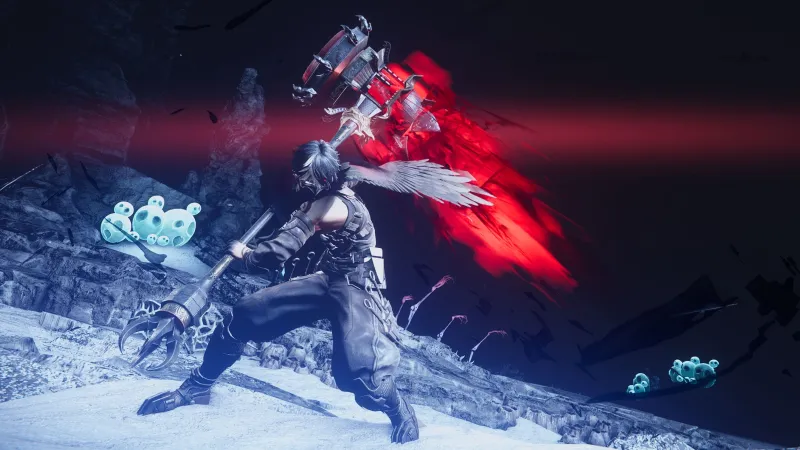I convinced HP's board to buy Palm and watched them kill it
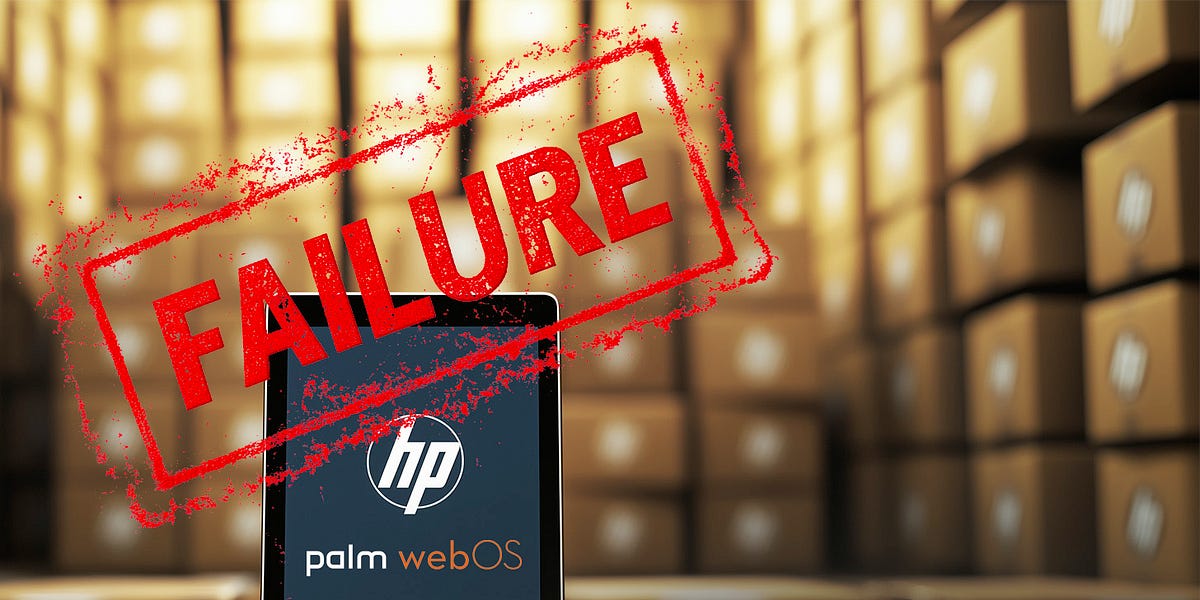

I've never shared this story publicly before—how I convinced HP's board to acquire Palm for $1.2 billion, then watched as they destroyed it while I was confined to bed recovering from surgery.
This isn't just another tech failure analysis. I was the HP Chief Technology Officer who led the technical due diligence on Palm. I presented to Mark Hurd and the HP board, making the case for moving forward with the acquisition. I believed we were buying the future of mobile computing.
Then I watched it all fall apart from the worst possible vantage point—lying in bed during a eight-week recovery, helpless to intervene as everything I'd worked to build got dismantled in real time.
This is the story of how smart people destroyed $1.2 billion in innovation value in just 49 days. It's about the brutal personal cost of being blamed for a disaster that happened while you're recovering from surgery. And it's about why I still believe in HP despite everything that went wrong.
Making the Case: Why I Believed in WebOS
In early 2010, HP was desperately seeking mobile platform capabilities. We knew the computing world was shifting toward mobile, and our traditional PC business faced real threats from tablets and smartphones. We needed to be there.
Palm was struggling financially, but they possessed something genuinely special in WebOS—true multitasking when iOS and Android couldn't handle it, elegant user interface design, and breakthrough technology architecture buried inside a failing business.
As CTO, I led the technical due diligence process. I spent weeks embedded with the Palm engineering team in Sunnyvale, crawling through their code base, understanding their platform architecture, and assessing the quality of their technical talent. The deeper I dug, the more convinced I became that this wasn't just another mobile operating system.
My conclusion was unambiguous: WebOS represented a breakthrough platform technology that could differentiate HP in the emerging mobile computing market. The technology was solid. The team was exceptional. The platform vision was compelling.
I presented this assessment to Mark Hurd and the board with complete conviction. This wasn't about buying a struggling phone company—it was our strategic entry into the future of computing platforms. I believed every word of my presentation because I had seen the technology's potential firsthand.
The board agreed with my recommendation. In April 2010, we announced the $1.2 billion acquisition. I felt proud of the technical work we'd done and excited about what we could build together.
Building the Bridge: Post-Acquisition Integration
After the acquisition closed in July 2010, my role shifted to helping the Palm team leverage HP's massive capabilities. We had global manufacturing scale, established supply chain relationships, and a consumer and enterprise customer base that Palm had never been able to access as an independent company.
I spent countless hours working with the Palm leadership team, mapping out integration plans and identifying strategic synergies. We discussed how WebOS could expand beyond smartphones into tablets, potentially integrate with HP's PC platforms, and even find applications in our printer ecosystem.
Everything seemed aligned for success.
Then life intervened in the worst possible way.
The First Timing Disaster: Leadership Upheaval
Everything seemed aligned for success until the first disaster struck. In August 2010—just one month after we closed the Palm acquisition—Mark Hurd was forced to resign as CEO. The board replaced him with Leo Apotheker, former CEO of SAP, who brought a completely different strategic vision to HP.
Apotheker's plan was radical: transform HP from a hardware company into a software and services company, similar to IBM's transformation years earlier. He wanted to exit or minimize HP's hardware businesses—PCs, printers, and by extension, mobile devices like the TouchPad. In his mind, WebOS represented exactly the kind of hardware distraction he wanted to eliminate.
I assumed the strategic rationale for the acquisition remained sound despite the leadership change. The technology hadn't changed. The market opportunity was still there. But I was wrong about the continuity of strategic vision.
The Second Timing Disaster: When I Couldn't Be There
Then, in late June 2011, life intervened in the worst possible way. I faced a medical emergency requiring immediate surgery and a eight-week recovery period confined to bed. You don't schedule medical emergencies—and I had to step away from my integration work with Palm just as the most critical decisions were being made about the platform's future.
While I was recovering at home, unable to participate in meetings or provide strategic input, the entire mobile computing landscape at HP began to unravel.
Watching The Launch Fail From My Bed
On July 1, 2011, HP launched the TouchPad tablet running WebOS 3.0. I watched the launch from my bed, hoping to see the culmination of all our technical work and strategic planning. Instead, I witnessed the beginning of one of the fastest product failures in tech history.
The launch was botched from the start. HP priced the TouchPad at $499 to compete directly with the iPad, but without the app ecosystem or marketing muscle to justify that premium. The device felt rushed to market, lacking the polish that could have helped it compete. Consumer reviews were mixed at best.
Initial sales numbers were devastating: HP sold only 25,000 TouchPads out of 270,000 units shipped to retailers. While Apple was selling 9 million iPads that same quarter, TouchPads were gathering dust on store shelves.
49 Days: The Announcement That Ended Everything
Then came the announcement that changed everything.
On August 18, 2011—just 49 days after the TouchPad launch—HP announced it would discontinue all WebOS devices immediately. I was still confined to bed, watching my technical due diligence work and strategic recommendations get dismantled in real time through news reports and industry analysis.
Forty-nine days. That's not enough time to fix launch problems, build developer momentum, or establish retail partnerships. Platform businesses typically need 18-24 months to demonstrate real market traction. But Leo Apotheker wasn't thinking about platform timelines—he was thinking about his software transformation strategy.
The most painful part wasn't just the speed of the decision, but learning that Apotheker had made the discontinuation choice without even informing the Palm team beforehand. According to multiple reports, he seemed eager to kill off a product that didn't fit his vision of HP as a software company.
I felt helpless. Betrayed. And somehow, I was responsible for not being there to fight for what I knew was breakthrough technology.
Studio Notes is a reader-supported publication. To receive new posts and support my work, consider becoming a free or paid subscriber.
The Welcome Back: A Brutal Reality Check
My first day back at HP will be burned into my memory forever. I was simply trying to grab lunch in the cafeteria at HP Labs when I found myself surrounded by what felt like the entire technical staff. They weren't there to welcome me back—they were there to hold me accountable.
The scene was intense and unambiguous. Engineers and researchers who had watched the WebOS disaster unfold were pointing fingers and raising voices. Their message was crystal clear and brutal: "You can never take leave again—EVER!"
Their exact words still echo in my mind: "The CEO and board need adult supervision."
Think about the implications of that statement. HP's own technical staff, the people closest to our innovation work, believed that senior leadership couldn't be trusted to make sound technology decisions without someone there to provide oversight and guidance.
They weren't wrong. The numbers proved it in the most painful way possible.
But hearing it directed at me personally—being blamed for not providing "adult supervision" while I was recovering from surgery—was devastating. I had recommended the acquisition based on solid technical analysis. I had worked to integrate the teams and technology. But because I wasn't there during the critical 49 days when the decision was made to kill WebOS, somehow the failure became my responsibility.
The Scale Mismatch: Context That Should Have Been Obvious
Standing in that cafeteria, listening to my colleagues blame me for not being there to prevent the disaster, I realized the fundamental problem wasn't my absence. It was a systematic mismatch between Leo Apotheker's experience and the role he was asked to fill.
SAP's annual revenue while Leo served as its CEO was approximately $15 billion. The HP board hired a CEO whose largest organizational experience was running a company smaller than HP's smallest division. Based purely on revenue management experience, Apotheker wouldn't have qualified to be a Executive Vice President at HP, yet the board put him in charge of a $125 billion technology company.
This wasn't just a cultural mismatch—it was a fundamental scale and complexity mismatch that should have been immediately obvious to any functioning board. But nobody asked the right questions about whether Leo's enterprise software background prepared him to evaluate consumer platform technologies such as WebOS, and I wasn't there to provide what my colleagues called "adult supervision."
The Personal Aftermath: Choosing Integrity Over Silence
When I decided to “retire” from HP, they offered me a separation bonus—a significant financial package that would have made my transition easier. But there was a catch: accepting it would have restricted what I could say publicly about my experiences at the company.
I refused.
I've spent my career believing that the truth about innovation decisions—both successes and failures—should be shared so others can learn from them. Taking money to stay quiet about systematic thinking errors that destroyed breakthrough technology felt like betraying everything I believed about how innovation should work.
The decision cost me financially, but it preserved my ability to tell stories like this one. Stories that might help other leaders avoid similar disasters.
The Deeper Truth: Why I Still Believe in HP
Disclaimer: The following reflects my personal investment decisions and relationship with HP leadership. This is not financial advice, and you should consult with a qualified financial advisor before making any investment decisions.
Here's what might surprise you: I haven't sold a single HP share since leaving the company. Despite watching the WebOS disaster unfold, despite being blamed for not preventing it, despite everything that went wrong during that period, I still believe in HP as an organization.
I take every opportunity to remind Enrique Lores, HP's current CEO, and Antonio Neri, CEO of HPE, about this fact. Both men were peers of mine when I was at HP. We worked closely together as part of the leadership team that made HP #1 in market share for consumer and commercial PCs & laptops, printers, and servers—helping drive HP to Fortune #11 during that period. They are natural leaders who understand HP's culture and values from the inside, having come up through the organization rather than being parachuted in from outside.
Enrique and Antonio represent what HP is at its best: technical excellence combined with strategic thinking, innovation grounded in operational discipline, and leadership that understands both the technology and the business. They're the kind of leaders who would have asked different questions about WebOS, who would have applied better decision frameworks to evaluate platform technology under uncertainty.
My continued shareholding isn't just a matter of financial confidence—it's a statement of faith in what HP can become when the right leadership applies systematic thinking to innovation decisions.
The Painful Lesson: Intelligence Doesn't Predict Decision Quality
The WebOS failure taught me something fundamental about innovation decisions that I hadn't fully understood before: intelligence and good intentions don't predict decision quality. Systematic thinking frameworks do.
Leo Apotheker wasn't stupid. The HP board wasn't incompetent. The financial analysts weren't malicious. But they all used flawed thinking frameworks to evaluate breakthrough technology under pressure, and those systematic errors destroyed $1.2 billion in innovation value.
The thinking errors were predictable and preventable:
Solving the wrong problem. Apotheker was asking "How do I transform HP into a software company?" when the right question was "How do we build sustainable competitive advantage in mobile computing platforms?" His entire strategic framework was about exiting hardware businesses, not building platform advantages.
Identity-driven decision making. His background at SAP shaped his entire approach to HP's portfolio. He saw WebOS as a hardware distraction from his software transformation vision.
Tunnel vision under pressure. During this same period, he became laser-focused on acquiring Autonomy for $10.3 billion—a software company that fit his transformation vision perfectly. Everything else, including breakthrough mobile technology, felt like a distraction from this software-focused strategy. That Autonomy acquisition later required more than an $8 billion write-down, but at the time it consumed all of leadership's attention.
Timeline compression under stress. Forty-nine days isn't enough time to fairly evaluate platform technology, but pressure to show decisive leadership compressed the decision timeline artificially.
These errors weren't unique to HP or to Apotheker. I've seen identical patterns across multiple companies and industries. Brilliant engineers kill breakthrough prototypes because they don't fit current product roadmaps. Marketing teams reject game-changing concepts because they can't explain them using existing frameworks. CEOs avoid platform investments because the path to profitability isn't immediately clear.
The Birth of Better Thinking: The DECIDE Framework
Lying in bed during those eight weeks, watching the WebOS disaster unfold while being powerless to intervene, I first performed an autopsy of how we got to such a bad decision. Was there a framework that could have led to better decisions? That analysis eventually became a systematic approach to innovation decisions that could prevent these predictable errors.
The framework that emerged from this painful experience is something I call DECIDE—a systematic thinking process specifically designed for innovation decisions under uncertainty:
Define the real decision (not just the obvious question)
Examine your thinking process for cognitive biases
Challenge your assumptions systematically
Identify decision traps specific to innovation contexts
Design multiple genuinely different options
Evaluate with evidence frameworks appropriate for breakthrough technology
Download the DECIDE Framework & Toolkit
This isn't theoretical academic stuff. It's a practical framework born from watching smart people make systematic thinking errors that destroyed breakthrough technology value. It's designed to prevent the specific cognitive errors that killed WebOS and continue to kill innovation investments across industries.
Next Wednesday (6/11/2025) , I'll walk you through exactly how to apply the DECIDE framework to your current innovation decisions. I'll show you the specific tools and questions that can help you avoid the thinking traps that consistently destroy breakthrough technology value.
Watch The Video on DECIDE Framework
The Question That Still Haunts Me
Sometimes I wonder what would have happened if I hadn't needed surgery during those critical weeks. Would I have been able to convince the leadership team to give WebOS more time? Could I have provided the "adult supervision" my colleagues said was missing? Would better thinking frameworks have changed the outcome?
I'll never know for certain. But I do know this: the technology was sound, the market opportunity was real, and the decision to kill WebOS after 49 days was based on systematic thinking errors that could have been prevented with better decision frameworks.
But here's the final piece of the story: Leo Apotheker was fired on September 22, 2011—just 35 days after shutting down WebOS and eleven months after taking over as CEO. The board finally recognized the systematic thinking errors that had destroyed billions in value, but it was too late for WebOS.
The human cost of these decisions goes beyond stock prices and quarterly reports. There are real people who believed in breakthrough technology, fought for innovation, and had to watch it get destroyed by preventable thinking errors.
In my case, I announced my retirement from HP on October 31, 2011 via my blog (Wired Magazine). My last day at HP was December 31, 2011.
WebOS technology eventually found success when LG licensed it for smart TV platforms. The core architecture and UI influenced every subsequent mobile operating system. HP could have owned that platform innovation and the ecosystem value it created.
Your Innovation Decision
What breakthrough technology or innovation opportunity is your team evaluating right now? Before you make any irreversible choices, ask yourself: are you applying systematic thinking frameworks to this decision, or are you relying on intuition and conventional business metrics that might mislead in innovation contexts?
Because here's what I learned from watching the WebOS disaster unfold while confined to bed, helpless to intervene: when you have breakthrough technology in your hands, the quality of your decision-making process matters more than the quality of your technology.
Intelligence and good intentions aren't enough. You need systematic frameworks for thinking clearly about innovation decisions under uncertainty.
Wednesday, I'll show you exactly how to build and apply those frameworks. The tools exist to prevent these disasters. The question is whether you'll use them before it's too late.
How To Apply Decision Framework
What innovation decision is keeping you up at night? Reply and let me know—I read every response and often use reader questions to shape future Studio Notes.
What's Your Reaction?
 Like
0
Like
0
 Dislike
0
Dislike
0
 Love
0
Love
0
 Funny
0
Funny
0
 Angry
0
Angry
0
 Sad
0
Sad
0
 Wow
0
Wow
0
